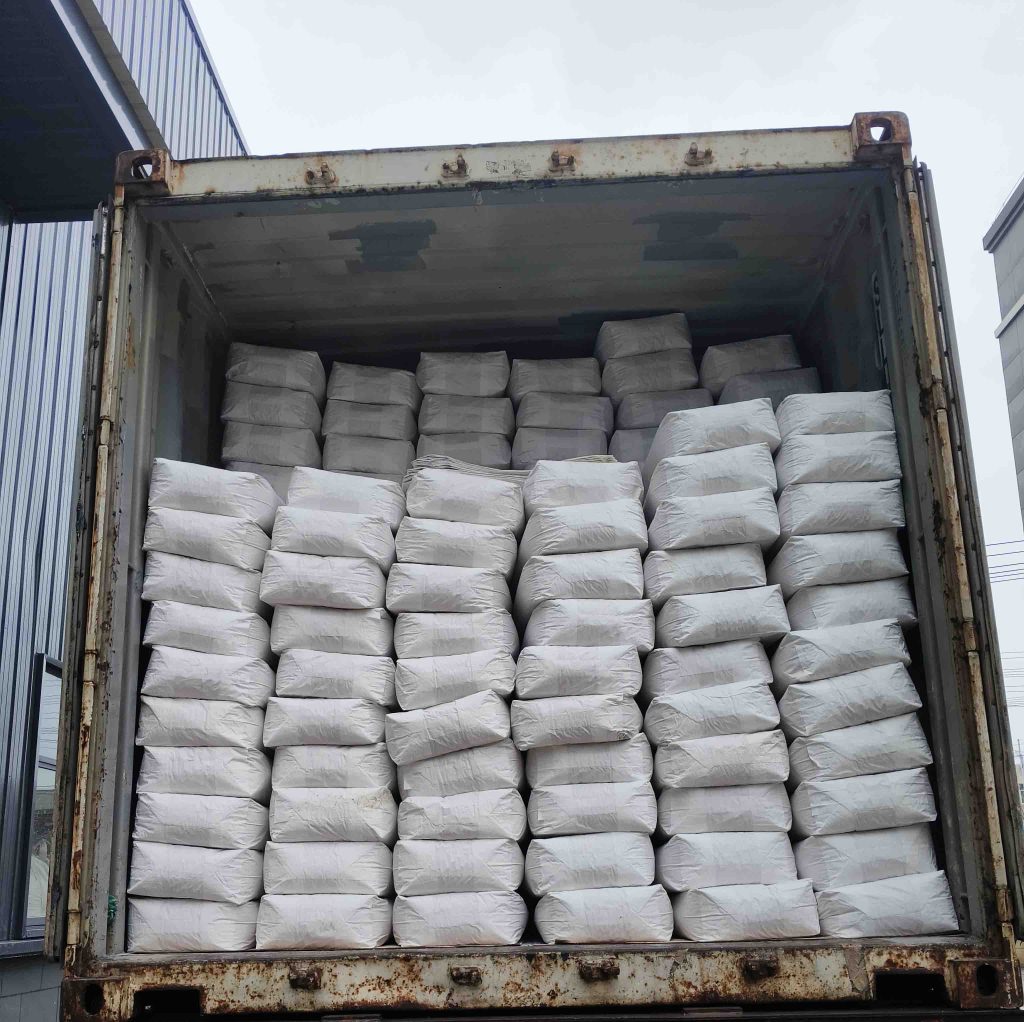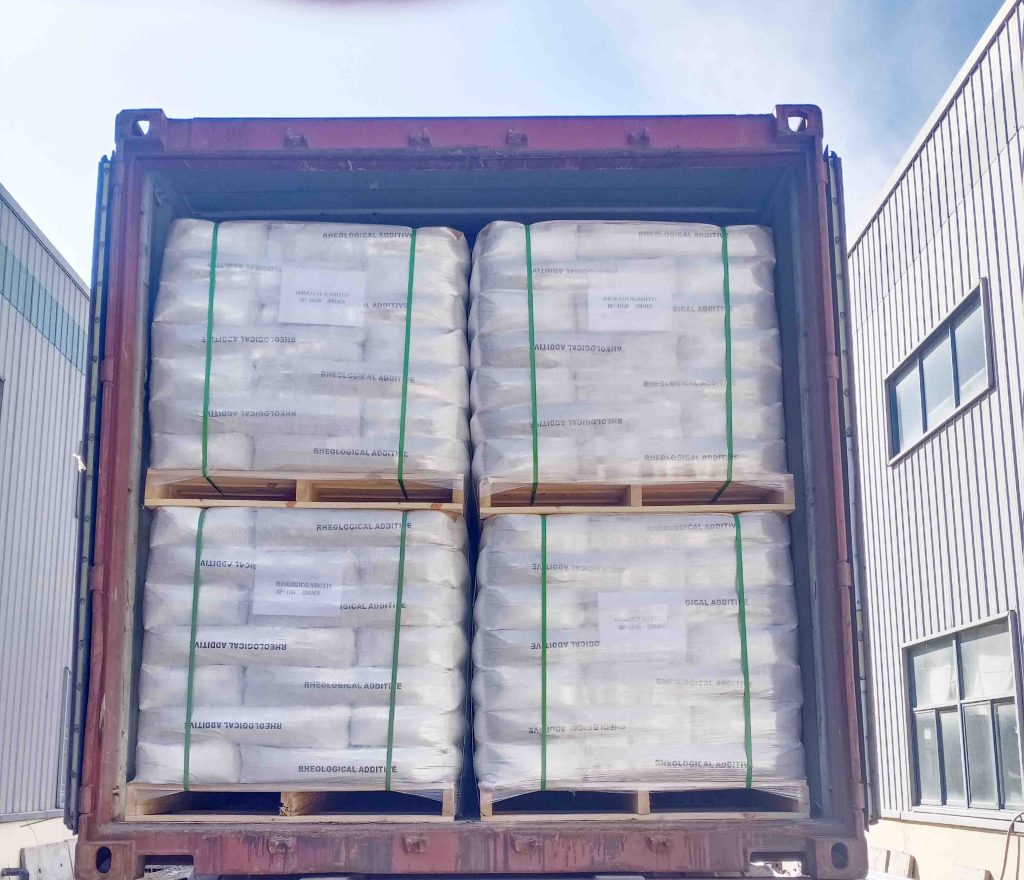Organoclay in Industrial Sealants:If you find that the paint coating has layered lumps, need to stir half an hour to use, which will lead to a lot of users complain about low productivity, then organoclay bentonite applied to paint, can effectively solve this precipitation problem. Because organophilic clay bentonite has good anti-sedimentation.
Organo clay bentonite need to do pre-gel activation, according to its temperature and stirring speed to decide. If you store paints and coatings for a long period of time, delamination usually occurs. This delamination of pigments or fillers and the appearance of lumps can be solved by the addition of organoclay bentonite clay.
Addition of organo clay bentonite, in different stages, it will affect the thixotropy and rheology, first of all in the preliminary stage, we can first add 50%, in the grinding stage add 30% in the paint mixing stage add 20%. This is one of the best steps to add organo bentonite clay. If you add a certain amount of ethanol or methanol in the organo bentonite clay, can effectively play the role of activation, in this case on the dispersion is a positive effect.
Organophilic clay bentonite added to the paint coating, if the gel transparency is too high, usually the activation time is not enough, if there is a serious thickening after the general is the error of polar solvent matching. Then if the anti-settling effect is poor, usually because there is no pre-gel treatment.
Organoclay in Industrial Sealants: Achieving Optimal Flow and Anti-Sag Properties
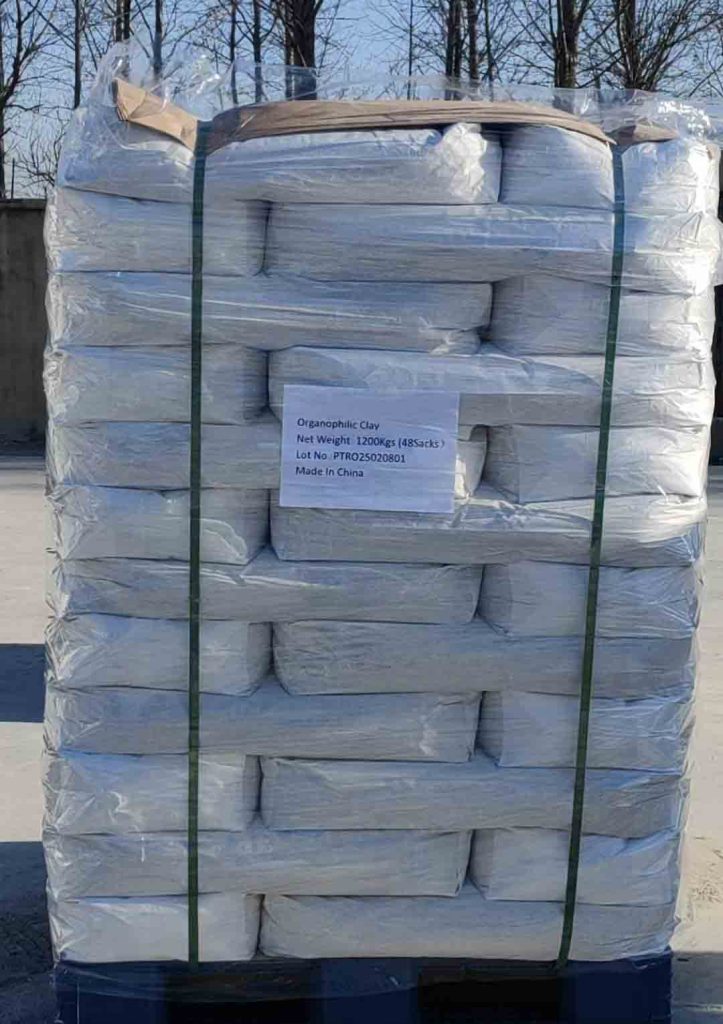
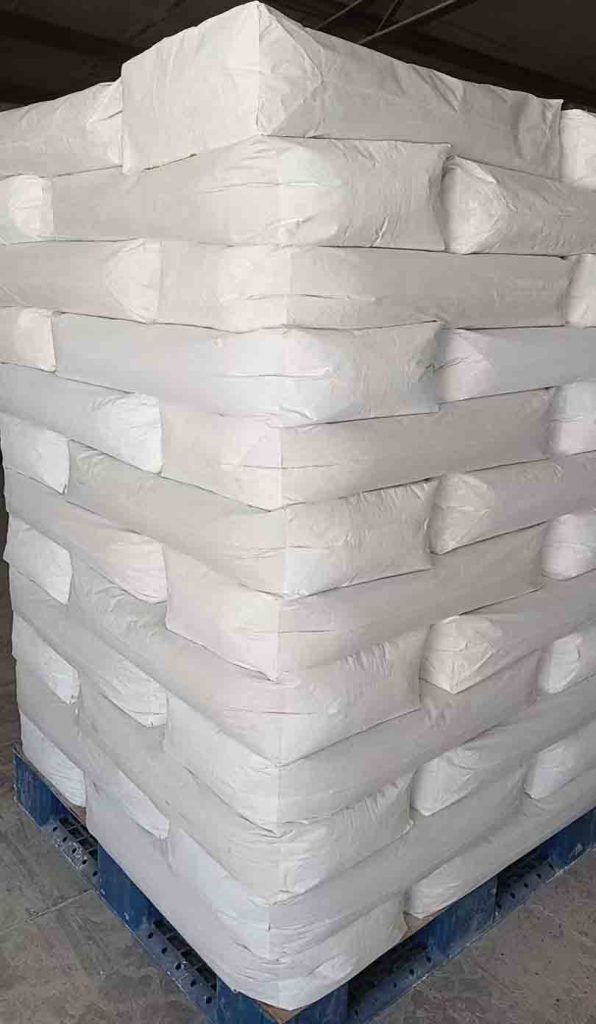
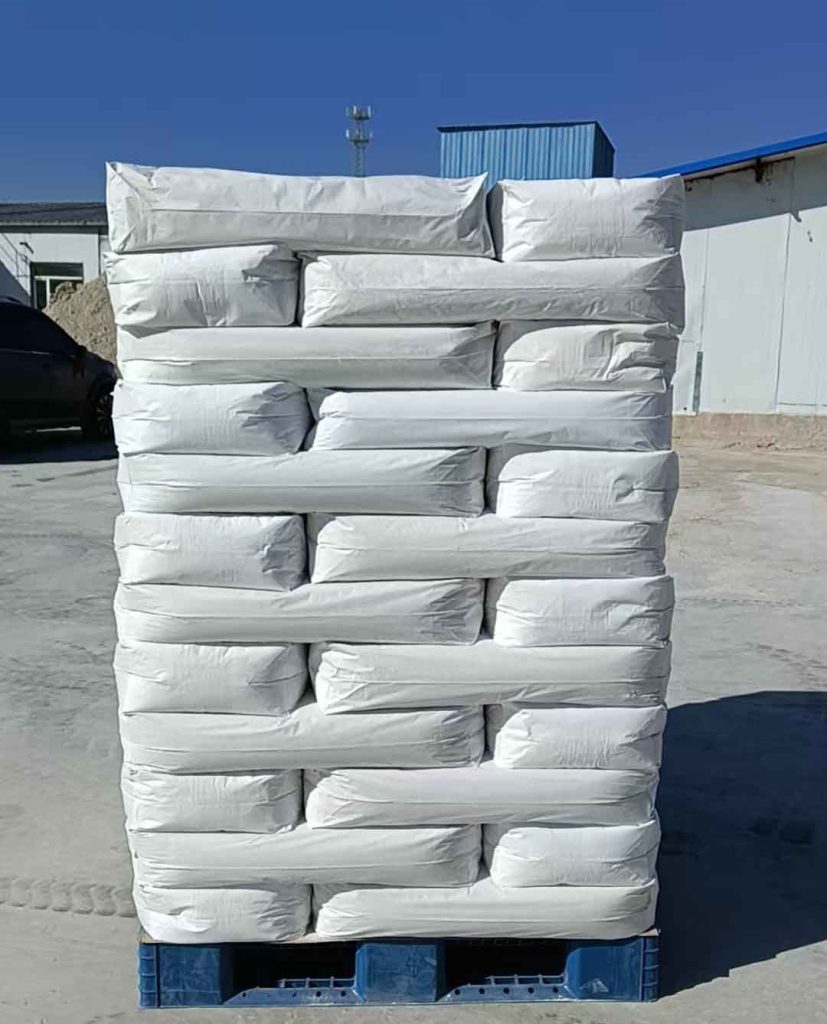
Organoclay Applications
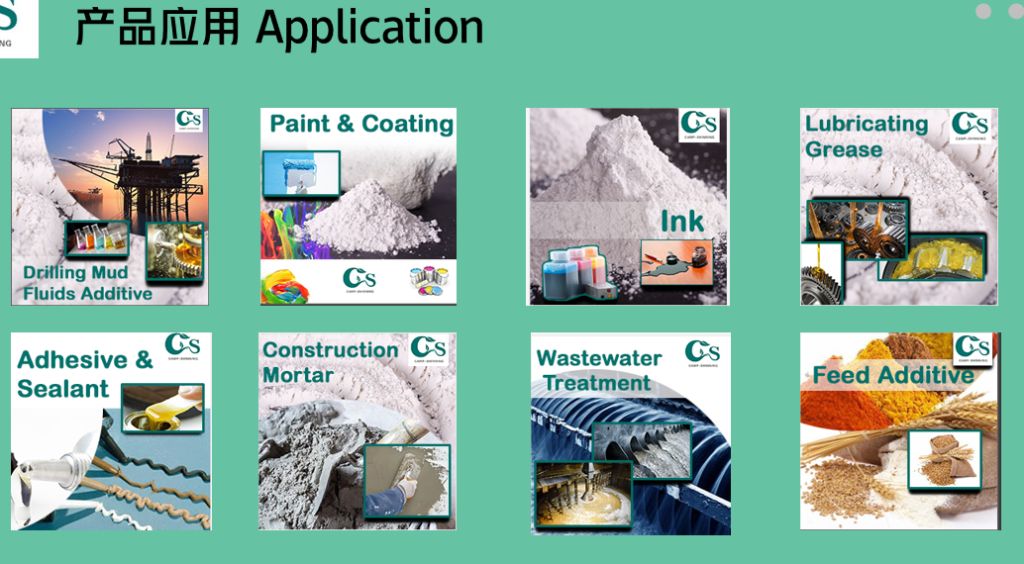
Organoclay in Industrial Sealants: Achieving Optimal Flow and Anti-Sag Properties
Organophilic Clay is an easy dispersing, self activating organoclay that exhibits high performance efficiency in diesel, low aromatic mineral oil, modified vegetable oil and synthetic base fluid formulation. CP-150 unique rheological structure suspends weighting materials and other solids with less increase in viscosity and gel strength than conventional bentonite. It is highly effective in distillate and mineral oil based invert fluids.
Organoclay Bentonite is used for Oil drilling Mud,
Paint,coatings, inks, grease and domestic etc.
Base oil:
- Diesel Oils
- Mineral Oils
- Synthetic Oil
- Linear and isomerized Alpha Olefins
- Modified vegetable oil
Viscosifying drilling Fluids:
- All oil based drilling fluids
- Invert emulsion fluids
- Workover fluids
- Fracture fluids
Organoclay Advantages
- Effectively suspends weighting materials and other solids
- Maintains suspension over a wide temperature range
- Eliminates need for chemical activators
- Is easy to disperse and rapid yielding
- Suspends weighting materials and other solids
- Maintains suspension over a wide temperature range
- Organoclay in Industrial Sealants
Composition of Organoclay
Organically modified bentonite clay
Appearance Off white to tan finely divided powder,
Moisture content (105℃,2hr) ≤3.5%
Specific Gravity 1.7
Bulk density 0.40~0.60g/cm³
Organobentonite Packages
Kraft paper bag with PE liner or multi-wall paper sacks or customized. 25kg/bag or 22.68kg/bag or customized.
Organophilic clay Store in a dry, well-ventilated area with temperature of 0℃-30℃. Keep container closed. The quality guarantee period is 24 months.

